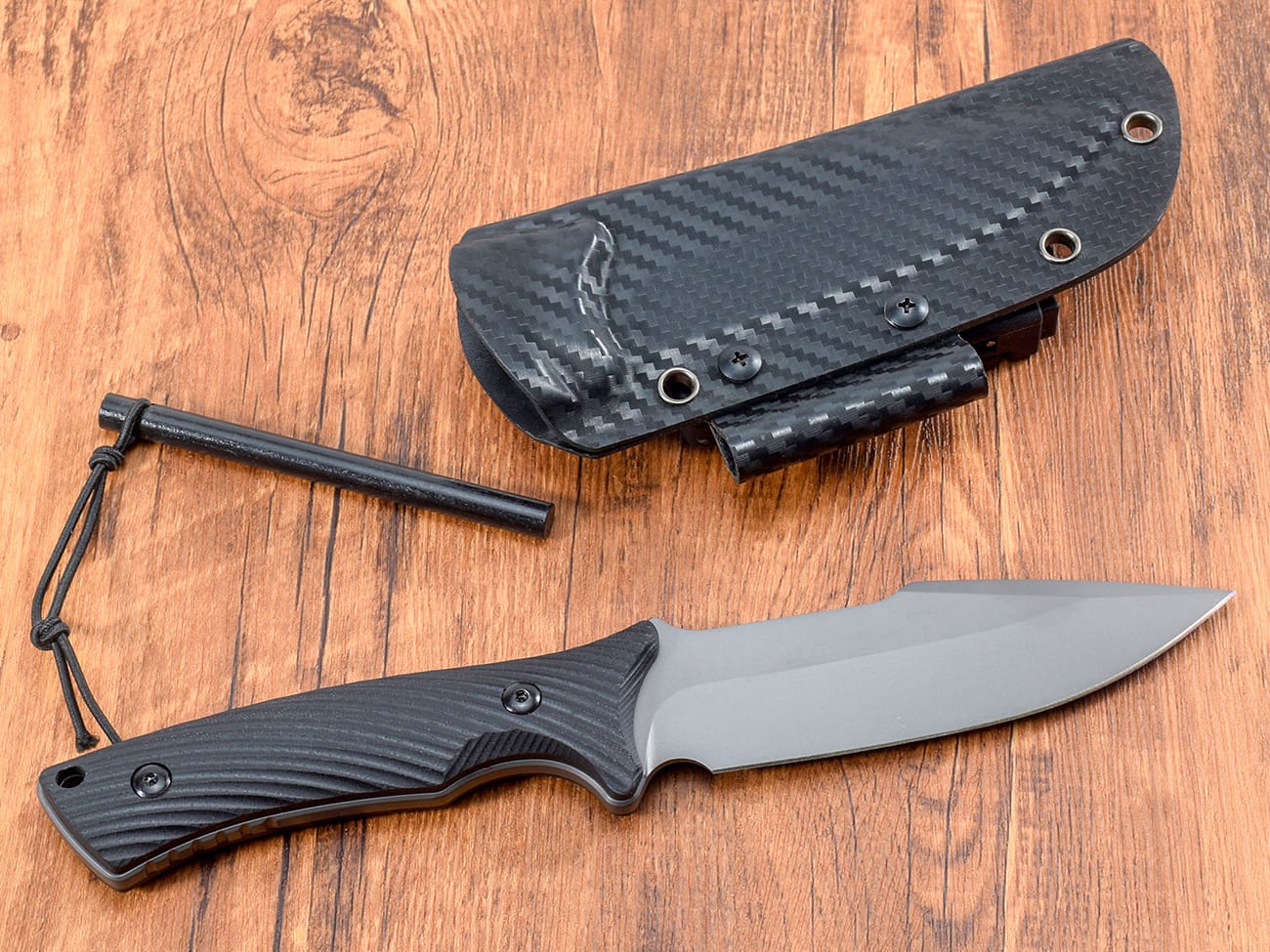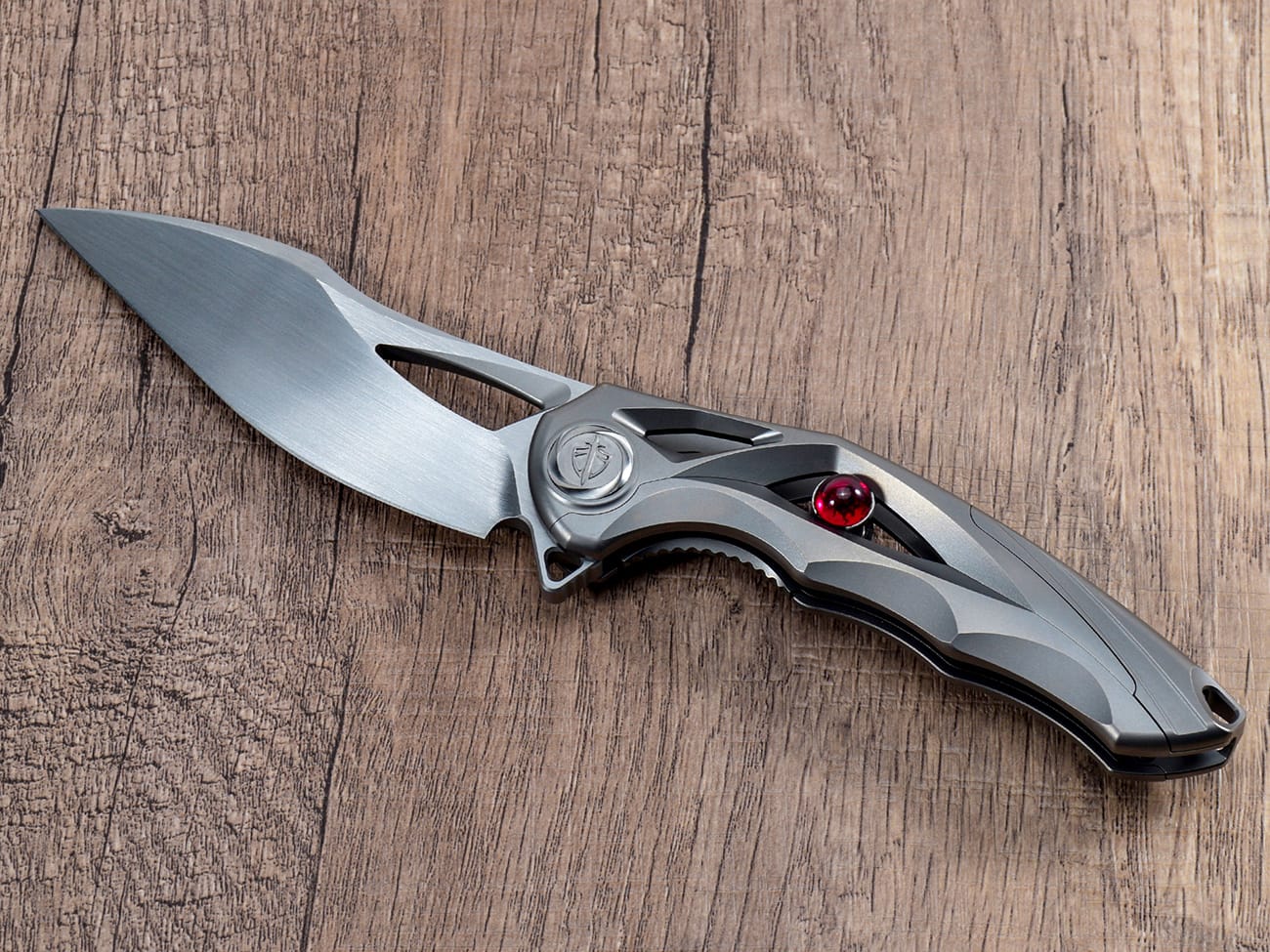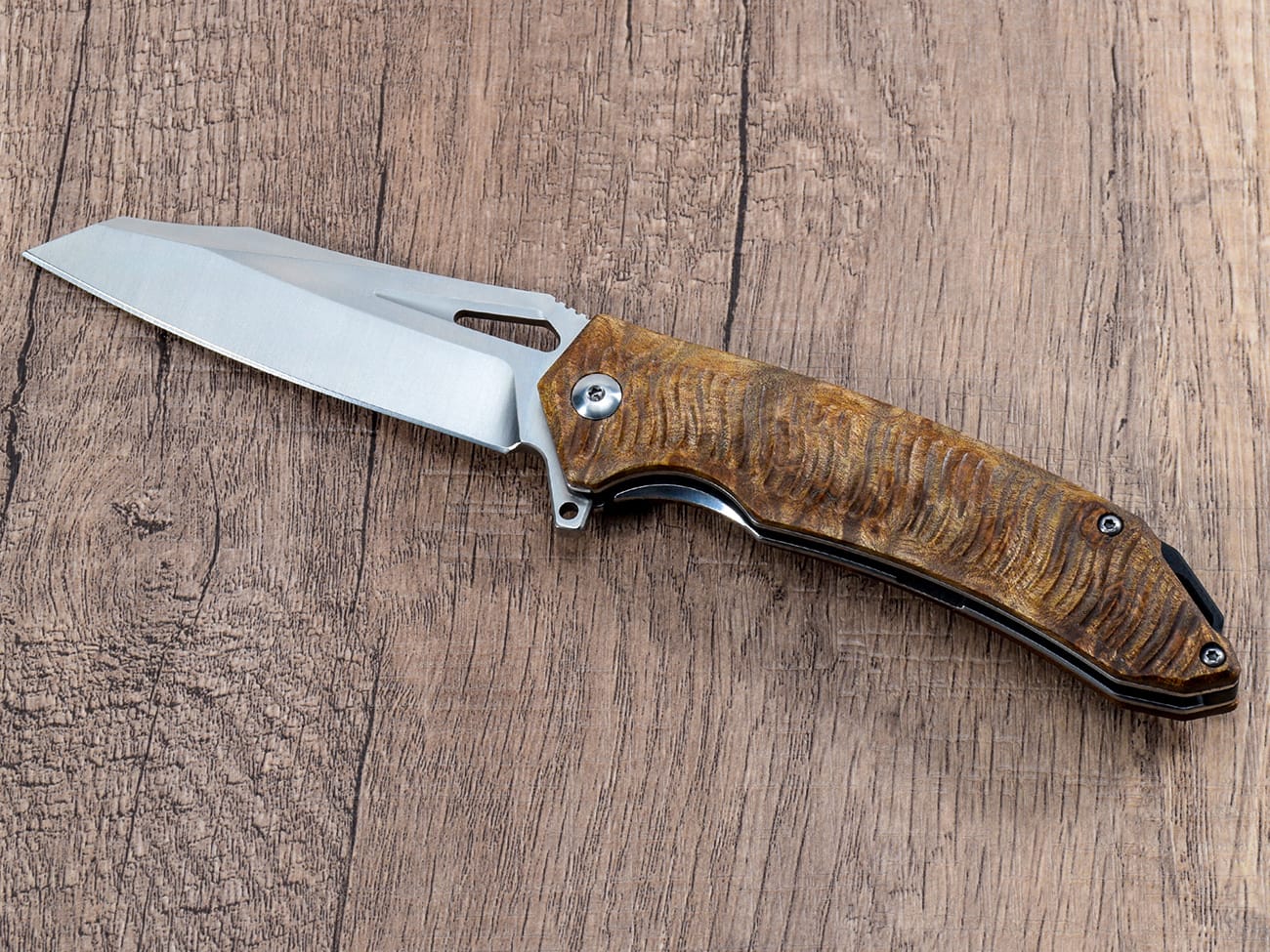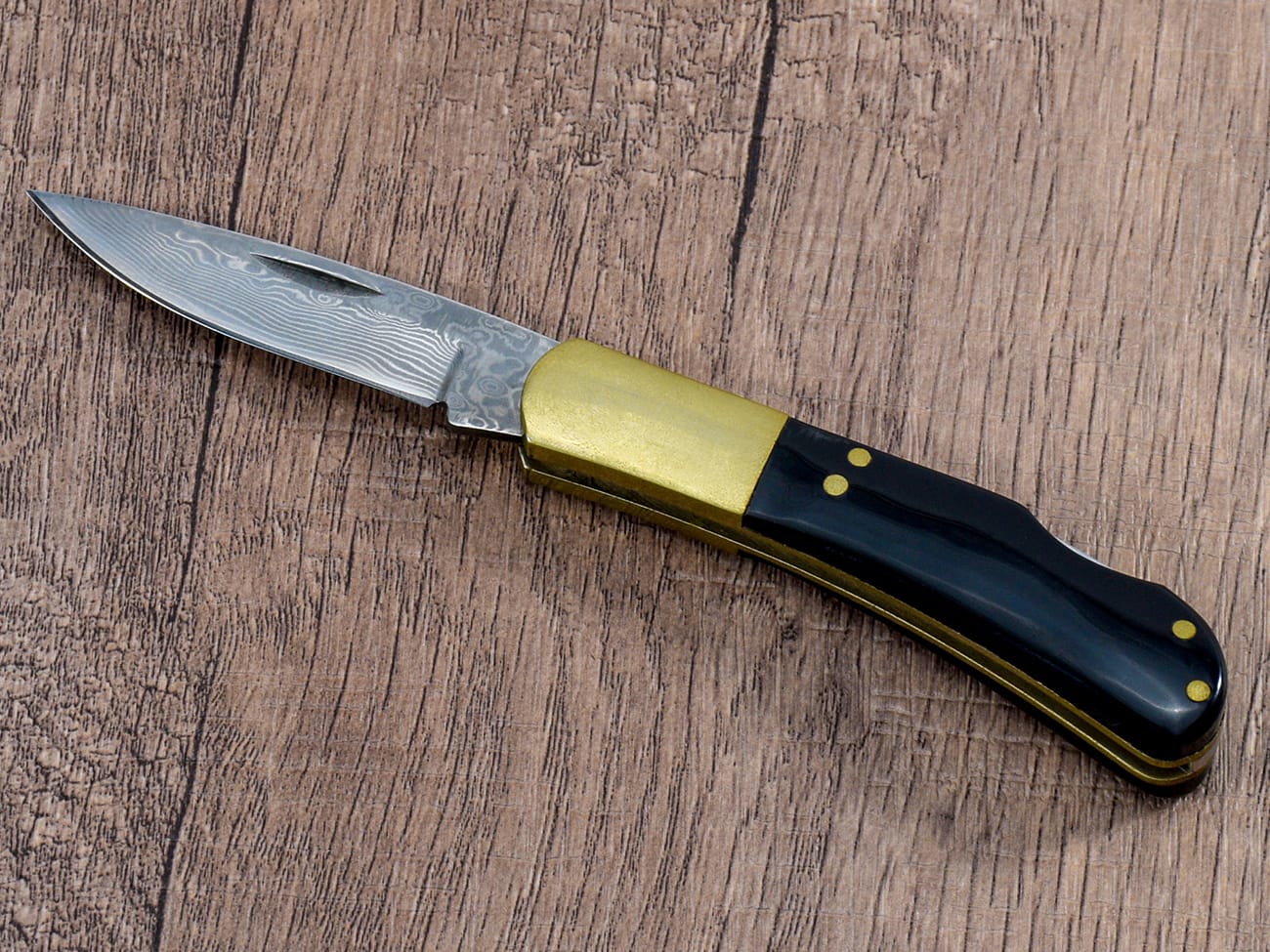A fixed blade knife represents the pinnacle of knife durability and reliability in the world of cutlery. Unlike their folding counterparts, these knives offer unmatched strength and versatility for various tasks. This comprehensive guide will explore everything you need to know about fixed blade knives, from their construction to practical applications, helping you make informed decisions about these essential tools.
What Is a Fixed Blade Knife and How Does It Differ from Other Knives?
A fixed blade knife is characterized by its solid construction where the blade and tang form one continuous piece of metal. Unlike a folding knife, the blade cannot move or fold into the handle. This simple yet effective design eliminates the need for moving parts, resulting in superior strength and durability.The lack of moving parts makes fixed blade knives inherently stronger than folding knives. They’re typically constructed from a single piece of steel that extends from the tip of the blade through the entire length of the handle, known as the tang. This unified construction provides exceptional stability and strength for demanding tasks.
The Anatomy of a Fixed Blade Knife: Understanding Key Components
The construction of a fixed blade knife involves several crucial elements that contribute to its overall functionality and durability:
- Blade: The cutting portion made from various types of steel
- Tang: The extension of the blade that runs through the handle
- Handle: The gripping portion, often made from materials like G10 or wood
- Guard: A protective barrier between blade and handle
- Pommel: The end cap of the handle
- Sheath: The protective covering for safe storage and carrying

What Are the Different Types of Fixed Blade Knives?
Fixed blade knives come in many types, each designed for specific purposes:
- Hunting knives
- Survival knives
- Combat knives
- Boot knives
- Neck knives
- Diving knives
- Bowie knives
- Fillet knives
Each type has unique characteristics optimized for its intended use, from the blade shape to the handle design.
Why Choose a Fixed Blade Over a Folding Knife?
The advantages of fixed blade knives over folding knives are numerous:
- Superior strength and durability due to full tang construction
- No moving parts that can fail or require maintenance
- Easier to clean and maintain
- Better weight distribution and balance
- More reliable for heavy-duty tasks
- Greater versatility in outdoor activities
Understanding Tang Types in Fixed Blade Knives
The tang is a crucial element in fixed blade knife construction. There are several types:
Full Tang
- Extends through the entire handle
- Provides maximum strength
- Ideal for heavy-duty use
Partial Tang
- Extends partially into the handle
- Lighter weight
- Suitable for lighter tasks
Rat-tail Tang
- Narrow tang that runs through the handle
- Often threaded at the end
- Common in cheaper knives
What Are the Best Uses for Fixed Blade Knives?
Fixed blade knives excel in various applications:
- Outdoor activities like camping and hiking
- Hunting and field dressing
- Survival situations
- Military and tactical operations
- Food preparation in outdoor settings
- Self-defense
- Bushcraft and wilderness skills
How to Choose the Perfect Fixed Blade Knife?
Consider these factors when selecting a fixed blade knife:
- Intended use
- Blade material
- Handle construction
- Blade length
- Weight and balance
- Tang type
- Sheath quality
- Local laws and regulations
Maintenance and Care Tips for Fixed Blade Knives
Proper maintenance ensures your fixed blade knife will last a lifetime:
- Clean after each use
- Keep the blade sharp
- Oil regularly to prevent rust
- Store in a dry place
- Use appropriate sheath storage
- Inspect regularly for damage
- Follow manufacturer’s care instructions
What Are the Cons of a Fixed Blade Knife?
While fixed blade knives offer many advantages, they have some drawbacks:
- Less portable than folding knives
- Require a sheath for safe carrying
- May be restricted in some areas
- Generally larger and heavier
- Can be intimidating in public settings
Legal Considerations and Carrying Options
Before carrying a fixed blade knife, consider:
- Local knife laws and regulations
- Appropriate carrying methods
- Concealment requirements
- Transportation restrictions
- Public perception
- Professional environment limitations
Summary: Key Points to Remember
- Fixed blade knives offer superior strength and durability compared to folding knives
- Full tang construction provides the most reliable performance
- Various types exist for different applications
- Proper maintenance is essential for longevity
- Consider legal restrictions before carrying
- Choose based on intended use and requirements
- Quality materials and construction matter
- Proper storage and care extend lifespan
Fixed blade knives represent the pinnacle of knife durability and reliability. Whether you’re an outdoor enthusiast, hunter, or professional user, understanding these tools’ characteristics and capabilities is essential for making an informed choice. Remember to always prioritize safety, follow local regulations, and maintain your knife properly to ensure it serves you well for years to come.




